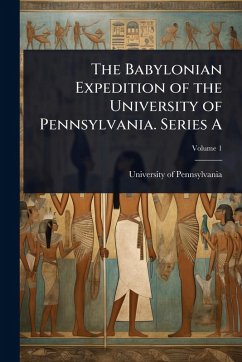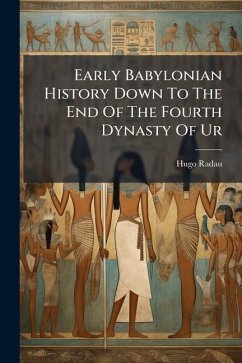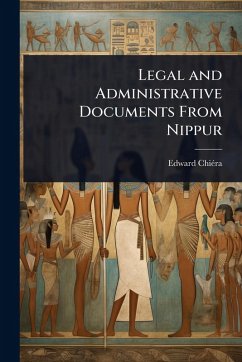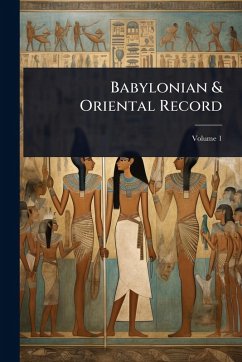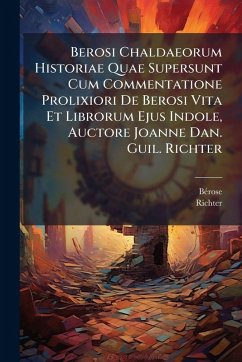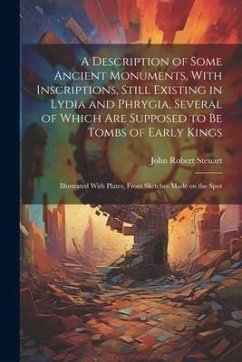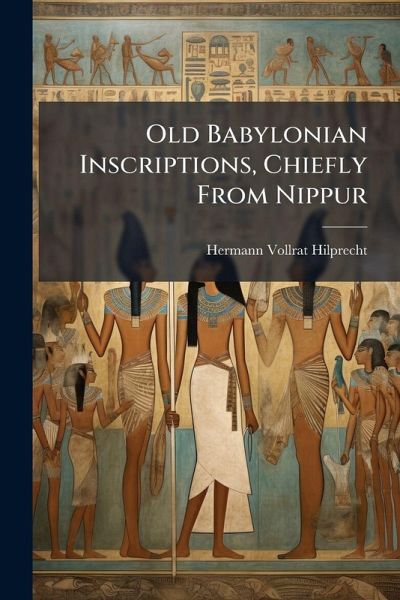
Old Babylonian Inscriptions, Chiefly From Nippur

PAYBACK Punkte
9 °P sammeln!
Old Babylonian Inscriptions, Chiefly From Nippur presents a collection of translated cuneiform texts dating back to the Old Babylonian period. Compiled by Hermann Vollrat Hilprecht, this work offers invaluable primary source material for understanding the social, economic, and religious life of ancient Mesopotamia. The inscriptions, primarily sourced from Nippur, a major Mesopotamian city, shed light on administrative practices, legal codes, and religious beliefs of the time. This book is an essential resource for scholars and students interested in ancient history, Assyriology, and the study ...
Old Babylonian Inscriptions, Chiefly From Nippur presents a collection of translated cuneiform texts dating back to the Old Babylonian period. Compiled by Hermann Vollrat Hilprecht, this work offers invaluable primary source material for understanding the social, economic, and religious life of ancient Mesopotamia. The inscriptions, primarily sourced from Nippur, a major Mesopotamian city, shed light on administrative practices, legal codes, and religious beliefs of the time. This book is an essential resource for scholars and students interested in ancient history, Assyriology, and the study of ancient languages. Through these meticulously translated inscriptions, readers gain direct access to the voices and concerns of the people who lived in Babylonia nearly four thousand years ago. This work has been selected by scholars as being culturally important, and is part of the knowledge base of civilization as we know it. This work was reproduced from the original artifact, and remains as true to the original work as possible. Therefore, you will see the original copyright references, library stamps (as most of these works have been housed in our most important libraries around the world), and other notations in the work. This work is in the public domain in the United States of America, and possibly other nations. Within the United States, you may freely copy and distribute this work, as no entity (individual or corporate) has a copyright on the body of the work. As a reproduction of a historical artifact, this work may contain missing or blurred pages, poor pictures, errant marks, etc. Scholars believe, and we concur, that this work is important enough to be preserved, reproduced, and made generally available to the public. We appreciate your support of the preservation process, and thank you for being an important part of keeping this knowledge alive and relevant.



